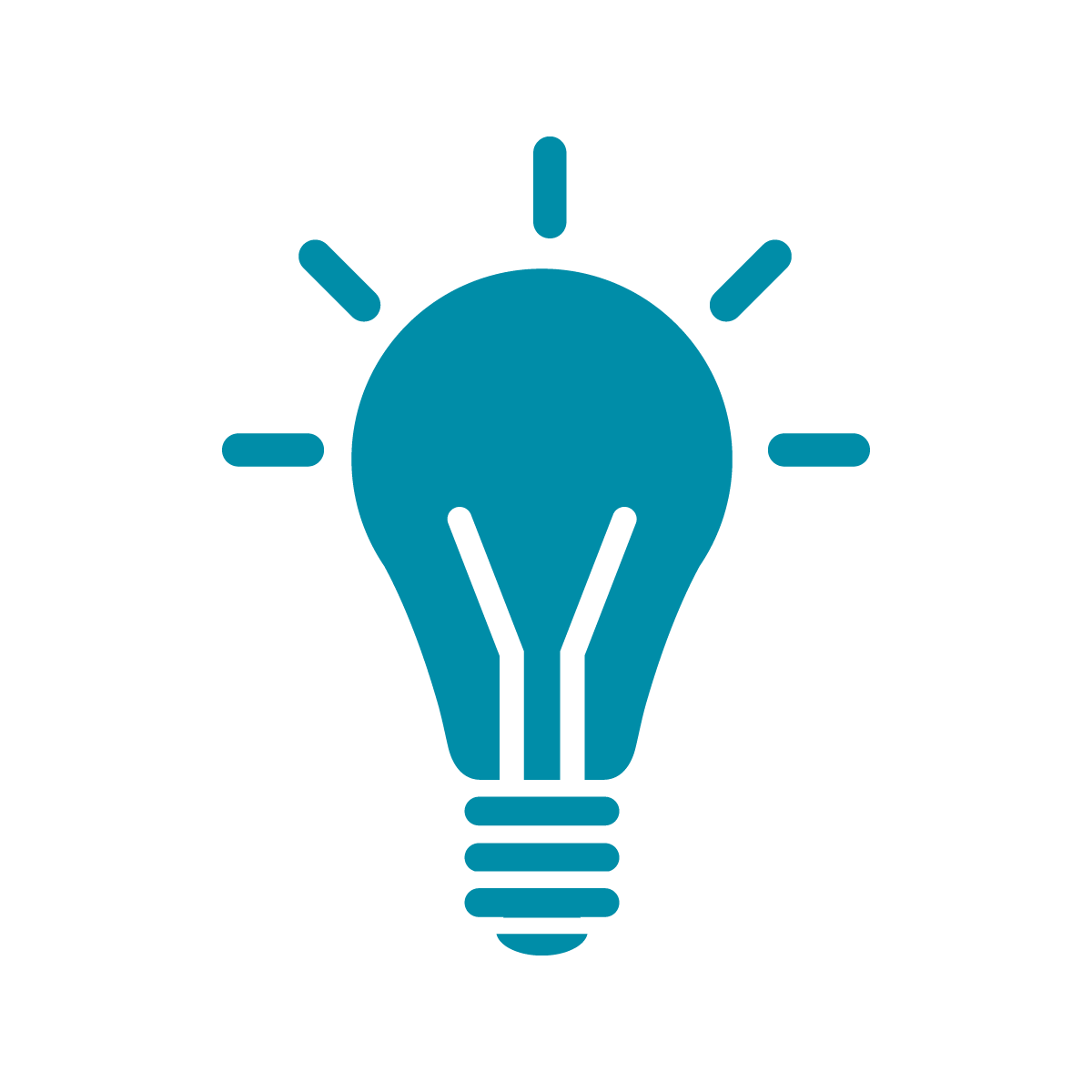Accessibility: a summary and next steps
Throughout this tutorial we’ve been including hints and advice about accessibility, but now we want to talk about the broader accessibility concerns and how you learn more about what you should do.
So the same international group of people who came up with HTML and cSS in the first place, the W3 Consortium, also have their Web Content Accessibility Guidelines that explain all the advice for making your site usable to as many as people as possible.
These are a surprisingly readable documents and I think it’s a good idea to read them some day, but an easier way to check accessibility is to use the A11y website and their checklist. They have a nice big, clear, interactive checklist for seeing whether your site meets accessibility guidelines. There’s a ton of practical advice there and each part of the checklist links to the WCAG document that explains in greater detail the why and wherefore.
The easiest things you can do in your website’s code are these three rules:
- give links clear descriptions that make it obvious what they’re linking to
- provide alt-text for images so screen readers can describe what the image is trying to convey
- using contrast checking tools to determine if your choice of colors is accessible
If you follow these three things you’re already doing better than a lot of websites in the world.
However, accessibility goes deeper than this. If you link to videos or podcasts, do you also link to transcripts? Have you checked to make sure there are no lights in linked media that could be epilepsy triggers? Have you checked that the website works on mobile devices no matter how they’re oriented?
An important thing to realize is that you basically will never be perfect, and that’s alright, but all the effort you put it goes towards making the world better for everyone.
